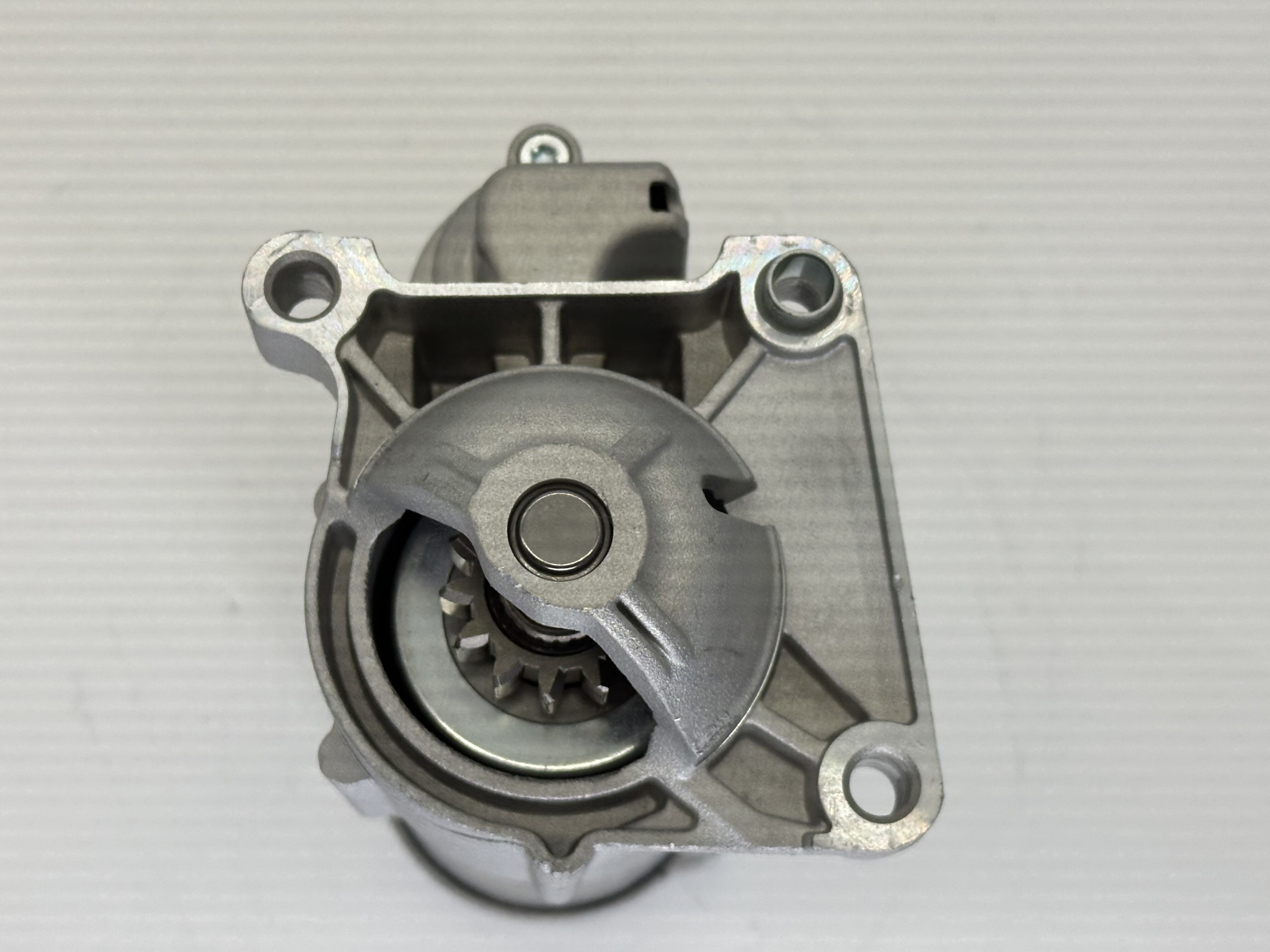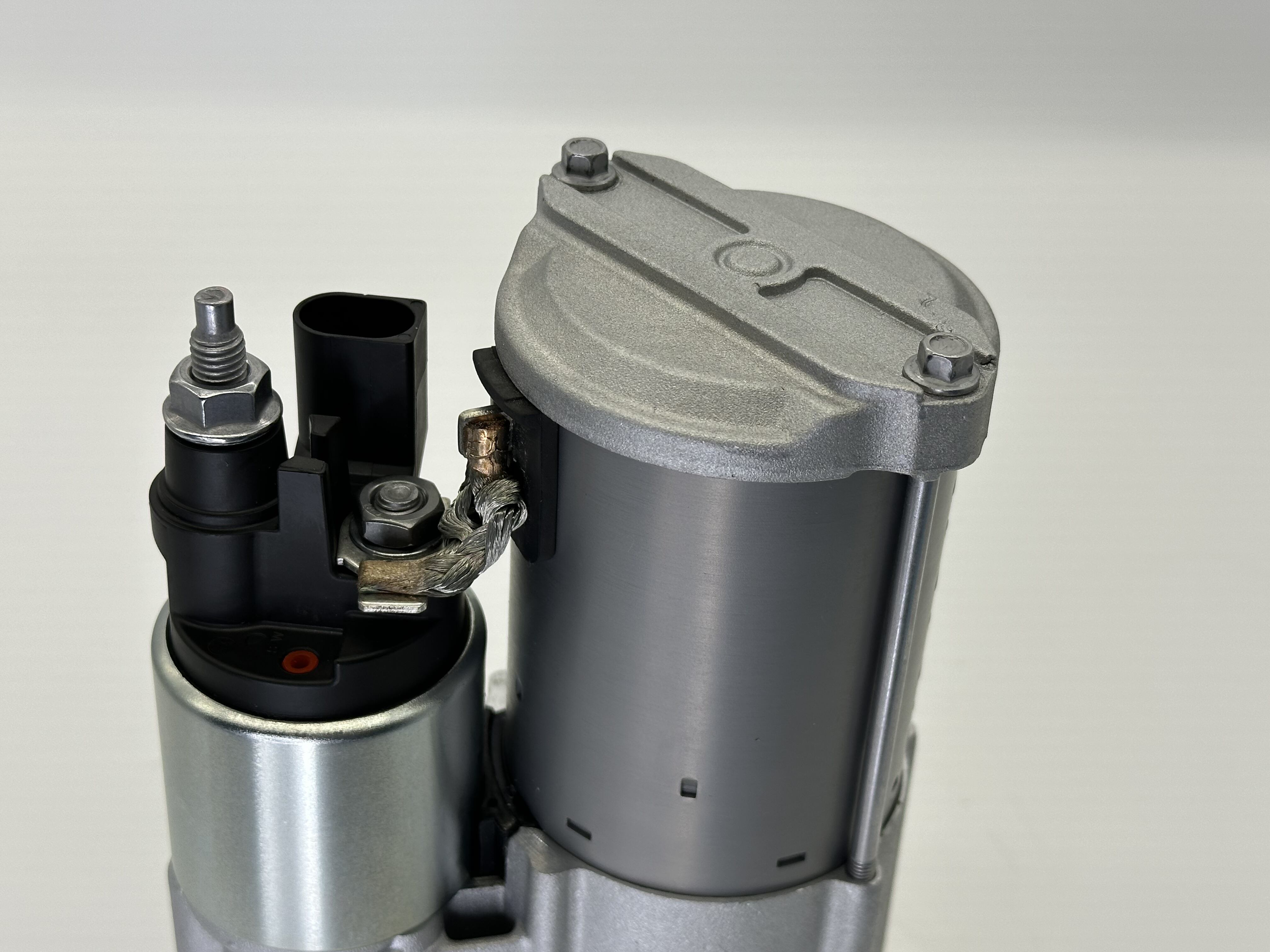Understanding Car Generator Charging Issues
When your car generator stops charging properly, it can lead to significant electrical system problems and potentially leave you stranded. A properly functioning generator, also known as an alternator, is crucial for maintaining your vehicle's electrical system and keeping the battery charged. Understanding the signs, causes, and solutions for a car generator not charging will help you address this issue effectively before it becomes a major problem.
Common Signs of Generator Charging Problems
Visual and Audio Indicators
The first signs of a car generator not charging often manifest through dashboard warnings. The battery light might illuminate, or you may notice dimming headlights, especially at idle. Some vehicles may experience flickering dashboard lights or struggle with electrical accessories. Strange noises like whining or grinding from the generator area can also indicate potential charging issues that require immediate attention.
Performance-Related Symptoms
When your car generator isn't charging properly, you might notice your vehicle becoming harder to start, particularly after short trips. The engine may stall unexpectedly, or electrical components might work intermittently. Modern vehicles with numerous electronic systems may display multiple warning lights or experience reduced functionality in various systems.
Battery-Related Warning Signs
A failing generator often leads to battery problems. You might notice corrosion around battery terminals, a swollen battery case, or a battery that needs frequent jump-starts. Regular voltage testing showing readings below 13.5 volts while the engine is running can indicate your car generator isn't providing adequate charge to the battery.

Diagnostic Steps for Generator Issues
Initial Testing Procedures
Begin troubleshooting by checking the battery voltage with a multimeter. A properly charging system should show approximately 13.5-14.5 volts with the engine running. Test both with the engine off and running to compare readings. Inspect all electrical connections, including battery terminals and generator wiring harnesses, ensuring they're clean, tight, and free from corrosion.
Belt and Pulley Inspection
Examine the serpentine belt or generator drive belt for signs of wear, proper tension, and alignment. A loose or damaged belt can prevent the generator from spinning at the correct speed, resulting in inadequate charging. Check the pulleys for signs of damage or misalignment that could affect the belt's performance.
Advanced Diagnostic Methods
Use a professional diagnostic tool to check for error codes related to the charging system. Monitor the charging system's output under different engine speeds and electrical loads. Testing the generator's internal components, including the voltage regulator and diode rectifier, may require specialized equipment or professional assistance.
Solutions and Repair Options
DIY Repairs and Maintenance
Some charging system issues can be resolved through basic maintenance. Clean battery terminals and connections using a wire brush and baking soda solution. Adjust or replace loose or worn belts according to manufacturer specifications. Ensure all ground connections are clean and properly secured. These simple steps can often restore proper charging system function.
Professional Repair Considerations
Complex generator problems usually require professional intervention. A qualified mechanic can perform comprehensive testing, replace faulty components, or install a new generator if necessary. They can also diagnose related electrical system issues that might be affecting generator performance. Consider seeking professional help if basic troubleshooting doesn't resolve the charging problem.
Preventive Maintenance Strategies
Regular Inspection Schedule
Implement a routine maintenance schedule to prevent charging system failures. Regular inspections of belts, connections, and battery condition can identify potential problems before they cause system failure. Keep records of voltage readings and charging system performance to track any gradual deterioration.
Long-term Care Guidelines
Protect your charging system by avoiding excessive short trips that don't allow full battery charging. Regularly clean electrical connections and maintain proper battery fluid levels in conventional batteries. Consider upgrading to high-quality replacement parts when repairs are needed to ensure reliable long-term performance.
Frequently Asked Questions
What causes a car generator to stop charging?
Common causes include worn brushes, failed voltage regulator, damaged belt, faulty wiring connections, or internal component failure. Environmental factors like extreme temperatures and moisture can also contribute to generator problems.
How long does a car generator typically last?
Most car generators last between 7-10 years or approximately 80,000-150,000 miles. However, this can vary significantly based on driving conditions, maintenance, and vehicle usage patterns.
Can I drive with a failing generator?
While possible for short distances, it's not recommended to drive with a failing generator. The vehicle will operate on battery power alone until it's depleted, potentially leaving you stranded. Address charging system problems promptly to avoid complications.
How much does it cost to replace a car generator?
Generator replacement costs typically range from $200-800 for parts and $200-400 for labor, depending on vehicle make and model. Some luxury or specialty vehicles may cost significantly more. It's best to get multiple quotes from reputable repair shops.

